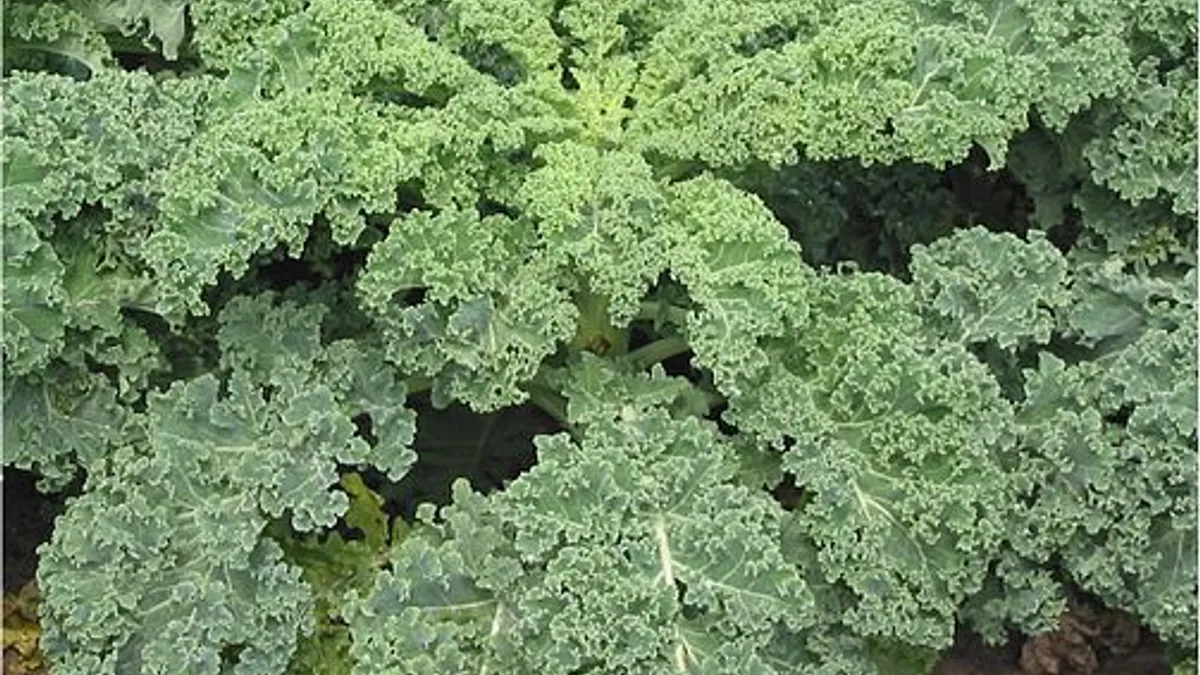Across the developed world, wasting food was never a big deal. Usually, with a stable economy and steady income, there was more to go around.
But in recent years, driven by the rise of “foodie” culture, a generation of innovate chefs, and growing concern about sustainability, people have started to eat what they once shunned.
Kale is the poster boy for this movement. Not so long ago, kale was a garnish. It wasn't "food." But that all began to change around 2007, as the leafy green began attracting attention from chefs, bloggers, food journalists and health-conscious celebrities.
The improbable rise of kale from obscurity to ubiquity is now being duplicated across the food and beverage world. The industry is finding stuff once ignored useful. Food once discarded now has marketing campaigns.
Let's call this phenomenon the "kale paradigm." Here are four examples of it at work.
Broccoli leaves
Broccoli is fairly popular with Americans, despite the protestations of a certain former president. But even the folks who eat broccoli usually only eat the veggie's crowns. The rest of the plant tends to be discarded.
That's changing. Broccoli leaves are suddenly chic, appearing at fresh-juice stores across the country. Now The Nunes Company Inc., which sells loads of greens under its Foxy brand, has launched the country's first line of organic broccoli leaves.
Coffee fruit
In the hyper-competitive world of non-carbonated beverages, everyone wants an edge. For Bai, a start-up that landed a distribution deal with Dr Pepper Snapple last year, that edge comes from coffee fruit.
Java drinkers know that coffee comes from a bean. But even the most caffeine-addicted tend to not realize that the beans grow within a tiny piece of red fruit. Traditionally, coffee growers have simply discarded the fruit before drying the beans.
But Bai is buying those bits of fruit by the ton, dubbing it the next superfood, and using them as one of the core ingredients in its drinks.
Cashew apples
Cashews don't grow inside a piece of fruit. They grow underneath a piece of fruit. Cashew apples are the stems on which the nuts grow, and although cashew nuts are popular, the apples have never been seen as anything other than waste...until recently.
PepsiCo has taken to buying up the apples from cashew growers across the world. The beverage giant hopes that cashew juice, made from those apples, will be the next coconut water.
Sweet potato greens
About four years ago, food writer Mark Bittman wrote a brief piece about his discovery of sweet potato greens in his community-supported agriculture (CSA) box.
Bittman's article, which included a recipe for the greens, hit a chord with CSA members across the Northeast. Lots of those folks were finding the greens in their CSA deliveries that autumn, and no one seemed to know what to do with them.
It seems that each autumn since, an entire new group of consumers and chefs stumble upon the food as if for the first time, even in the South and in Asia, where sweet potatoes have a long culinary history.
No one is selling sweet potato greens in a branded bag ... yet. And no giant beverage company is using them as the basis of a functional drink ... yet. But really, how much longer can it be before that happens?








